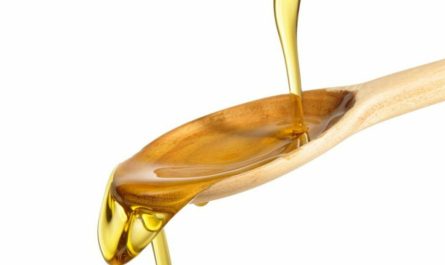Ethyl acetate is an important industrial organic compound that finds a wide range of applications. In this article, we will discuss the various properties, production methods and uses of ethyl acetate.
Chemical Properties
Ethyl acetate is a colorless liquid with a characteristic fruity odor. Its molecular formula is C4H8O2 and has a molecular weight of 88.11 g/mol. Some important chemical properties of ethyl acetate include:
– Boiling Point – 77°C
– Melting Point – -84°C
– Density – 0.902 g/cm3
– Flammability – Flammable liquid with flash point of -4°C
– Solubility – Miscible with water, ethanol, diethyl ether and most organic solvents
Its high solubility makes it a suitable solvent for various chemical processes. Being volatile and having low toxicity, it evaporates quickly without leaving residues.
Ethyl acetate is mainly produced via two chemical reactions – Fischer esterification and transesterification.
In Fischer esterification, ethanol reacts with acetic acid in the presence of an acid catalyst like sulfuric acid. The reaction involves conversion of acetic acid and ethanol to the ester ethyl acetate and water.
CH3COOH + C2H5OH ⇌ CH3COO C2H5 + H2O
Transesterification involves reaction of ethanol with methyl acetate to yield ethyl acetate and methanol. This reaction uses metal alkoxides like sodium ethoxide as catalyst.
CH3COOCH3 + C2H5OH ⇌ CH3COOC2H5 + CH3OH
Around 90% of industrial ethyl acetate is produced via these homogeneous catalytic processes. Total global production capacity exceeds 2 million tons annually with the US being the largest producer.
Uses
Thanks to its favorable properties, Ethyl Acetate finds a diverse range of applications across many industries:
Paints and Coatings Industry
As a solvent for lacquers, nail polishes and paints, ethyl acetate provides excellent solvency for both organic and inorganic paint components. Its low toxicity enables fast drying of coatings without risks.
Adhesives and Sealants
Used as a solvent in contact adhesives, superglues and sealants. Its volatility helps quick setting and curing of these formulations.
Pharmaceuticals
An important excipient in pharmaceutical coatings, tablets and capsules. Also used as a solvent for extraction and purification in drug manufacturing.
Food and Flavors Industry
Permitted as a flavoring and processing aid in foods. Provides flavors of apple, banana and pear due to its fruity aroma. Used in candy coatings and beverages.
Printing Inks
Solvent of choice for inks used in gravure, flexo and inkjet printers. Imparts properties like quick drying and smear resistance to inks.
Other Uses
Also employed as a solvent in chemical syntheses, extractions, cleaners and as an intermediate in various processes. Has potential in developing biofuels from biomass resources.
Regulations and Safety
Being a flammable liquid, ethyl acetate is regulated for storage, transport and industrial usage. Permissible exposure limit is set to 400 ppm. Minor exposures may cause irritation while prolonged high exposures can affect the central nervous system. However, due to its low toxicity, it remains a preferred solvent for many applications. Proper ventilation and protective equipment is advised while handling.
In summary, thanks to its chemical properties and versatility as a solvent, ethyl acetate has found diverse industrial applications. Though alternatives are being developed, it is expected to remain an important organic compound demanded by various manufacturing sectors globally. Further research on novel production technologies and new applications can boost its consumption levels in the future.
*Note:
1. Source: Coherent Market Insights, Public sources, Desk research
2. We have leveraged AI tools to mine information and compile it



